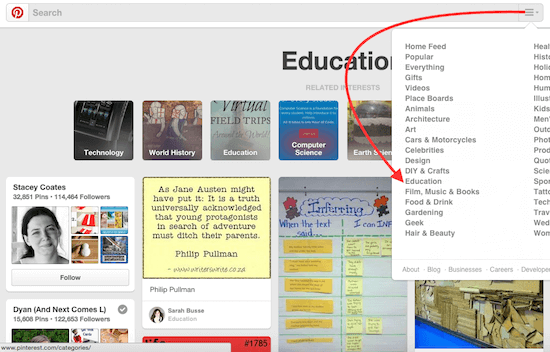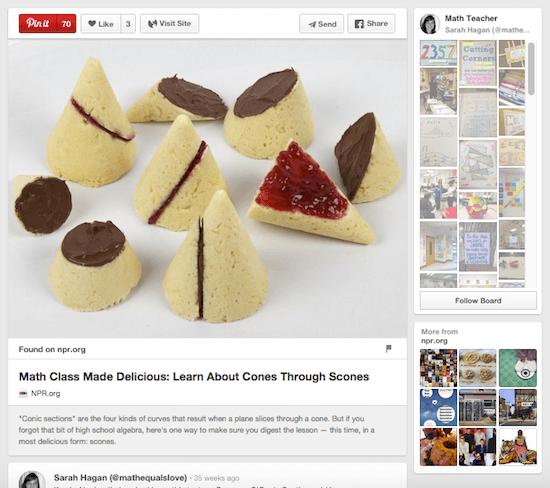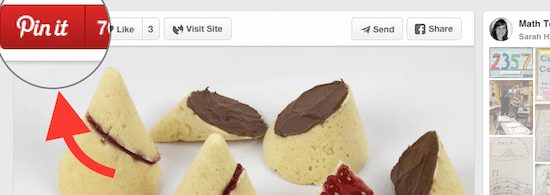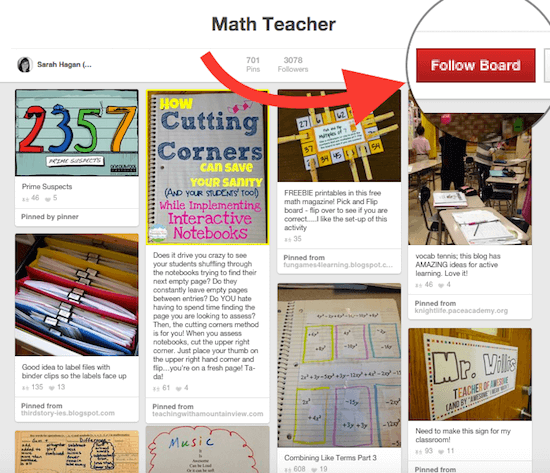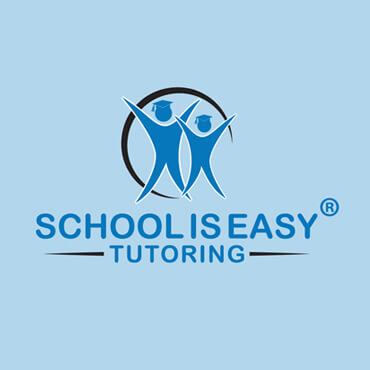
A new year provides an excellent opportunity to have a new start and make some positive changes in your life. Your kids can also benefit from a new start by making new years resolutions. Having the skill of goal setting will help your child in the future, and will help them become better learners. Here are some types of New Years resolutions that will encourage your children.
Make positive New Years resolutions
Make sure all of your child’s resolutions have a positive spin on them. So, instead of saying they don’t want any cavities, have them say they are going to brush their teeth twice a day and not eat so much sugar. Or, instead of saying they want to stop being such a picky eater, they can say they will be open to trying new foods.
Fewer resolutions will encourage your child
Don’t let your child become overwhelmed by having too many resolutions. Make sure all their resolutions are attainable. If they do have quite a few goals they really want to make, they should prioritize them so they stay focused on the most important resolutions.
New Years resolutions for young children
Your younger children might not have so many academic goals they need to think about right now. However, you can help them create resolutions that deal more with character. This will help them succeed academically later on. For example, helping them get organized now will help them with their organizational skills as a teenager. Have them make a resolution to make sure their whole room is clean before they go to sleep. Or, they can aim to clean up one activity before they move on to another.
Break down goals for teens
Teens can have more complex goals, but it is still important to make sure they are attainable. In order to do this, split a large or hard goal into small steps. This is a good goal setting skill that will help them later in life. An example of a resolution that can be broken into steps is obtaining an A in a class they find difficult. They could break this into smaller goals like reviewing 30 minutes every day, seeking help from their teacher at least once per unit, and making flashcards for each unit at least three days before the test.
Another example is to try to saving money. Your teenager can have several smaller goals to make that happen. First, they can put at least 50% of each paycheck they get straight into their savings account or piggy bank. Then, they can make a budget for the rest of their money. With their budget, they can focus on a specific area or store they don’t want to spend so much on. For example, “I will not spend more than $20 at Tim Horton’s a month.”
For each goal your child meets, make sure you acknowledge their accomplishment. Seeing their results and what they can do will help build their confidence. So, sit down with your kids to make some new years resolutions, and have a Happy New Year!

